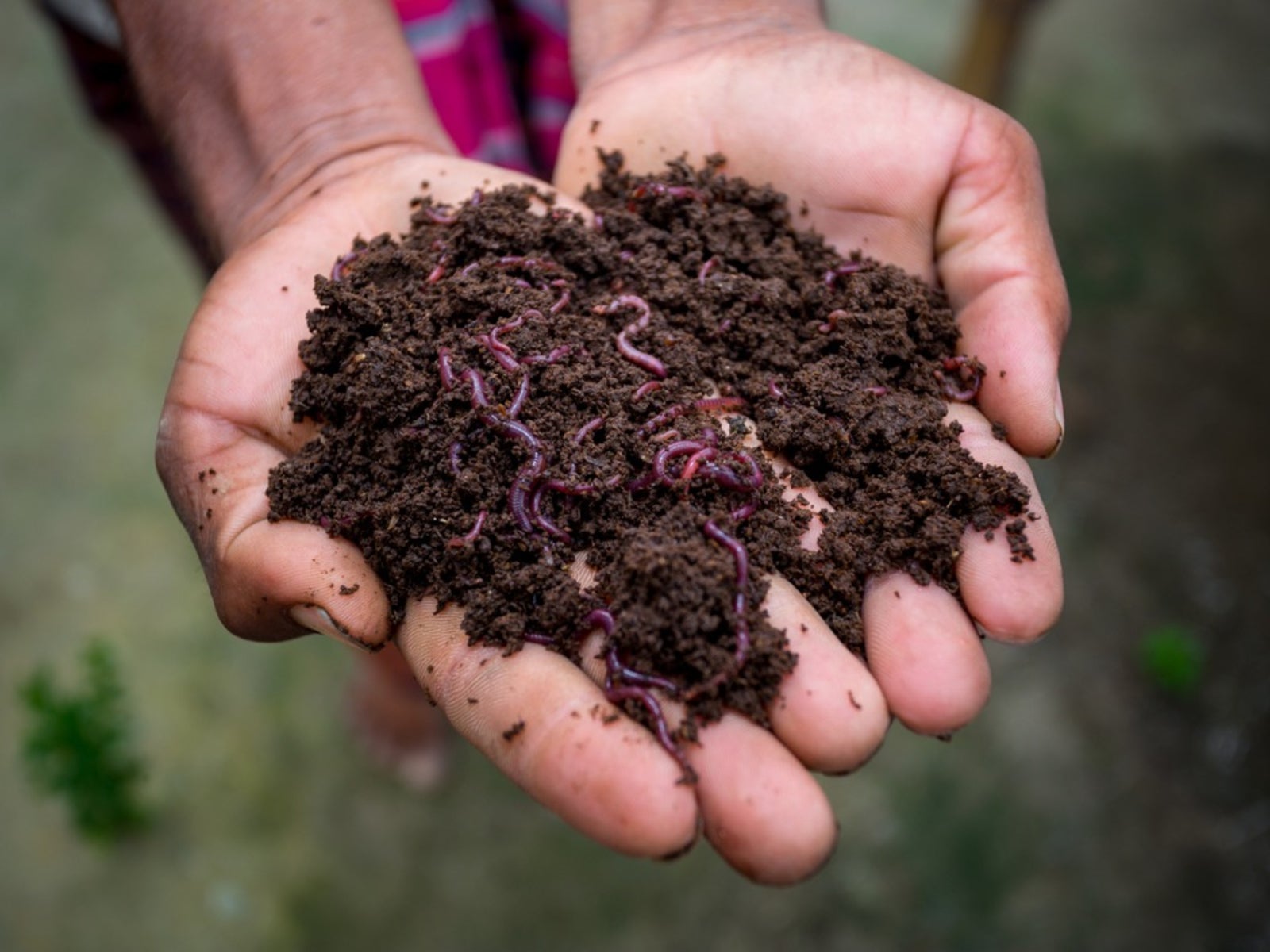Cold Climate Vermiculture: Learn About The Care Of Worms In Winter

Almost every gardener is familiar with basic composting, where you pile various types of refuse in a heap and microbes break it down into a useable soil amendment. Compost is a wonderful garden additive, but it can take months for the ingredients to break down into useable form. One way to speed up the decomposition and get to your compost fast is by adding worms to the mix. Plain red wiggler worms eat through piles of compost in record time, making worm composting a smart addition to your gardening activities. If you live in a northern climate, though, winter worm composting will take a little more effort. Taking care of worms in winter is a matter of making sure they have enough heat to get through the season without freezing.
Winter Worm Composting
Worms thrive when the outside temperature is between about 55 and 80 degrees F. (12 to 26 C.). When the air begins to turn colder, the worms get sluggish, refuse to eat, and sometimes even try to escape their environment to search for a warmer climate. Cold climate vermiculture, or worm farming in cold weather, consists of fooling the worms into thinking it's still fall and not yet winter. The easiest way to do this is to remove the worms and store them somewhere fairly warm, such as an insulated garage or cool basement, or even bringing them indoors. Barring that possibility, you'll have to create an insulated environment to keep your worms alive through the winter.
Tips for Worm Farming in Cold Weather
The first step in vermicomposting when it's cold is to stop feeding the worms. When the temperature lowers, they stop eating and any food leftovers may rot, encouraging organisms that can cause disease. The idea is simply to allow them to live through the winter, don't have them create more compost. Insulate the compost heap with 2 to 3 feet (60 to 90 cm.) of leaves or hay, then cover the pile with a waterproof tarp. This will keep in the warmer air and keep out snow, ice, and rain. Try burying leftover cooked rice in the compost before covering it. The rice will break down, creating heat during the chemical process. As soon as the weather warms to above 55 degrees F. (12 C.), uncover the pile and feed the worms to help them recover.
Gardening tips, videos, info and more delivered right to your inbox!
Sign up for the Gardening Know How newsletter today and receive a free copy of our e-book "How to Grow Delicious Tomatoes".
-
 10 Common Composting Problems That Can Spoil Your Garden Gold – Plus Easy Fixes
10 Common Composting Problems That Can Spoil Your Garden Gold – Plus Easy FixesLearn how to troubleshoot common composting issues before they ruin your stash – from bad smells and bugs to materials not breaking down as they should.
By Susan Albert
-
 Terrifically Tubular Flowers For Hummingbirds: 9 Tube-Flowered Plants To Attract Hummers
Terrifically Tubular Flowers For Hummingbirds: 9 Tube-Flowered Plants To Attract HummersGrowing tubular flowers for hummingbirds helps you create the optimum feeding conditions for your winged friends. Here are nine tubed delights for hummers
By Tonya Barnett